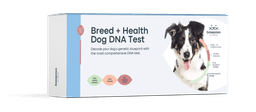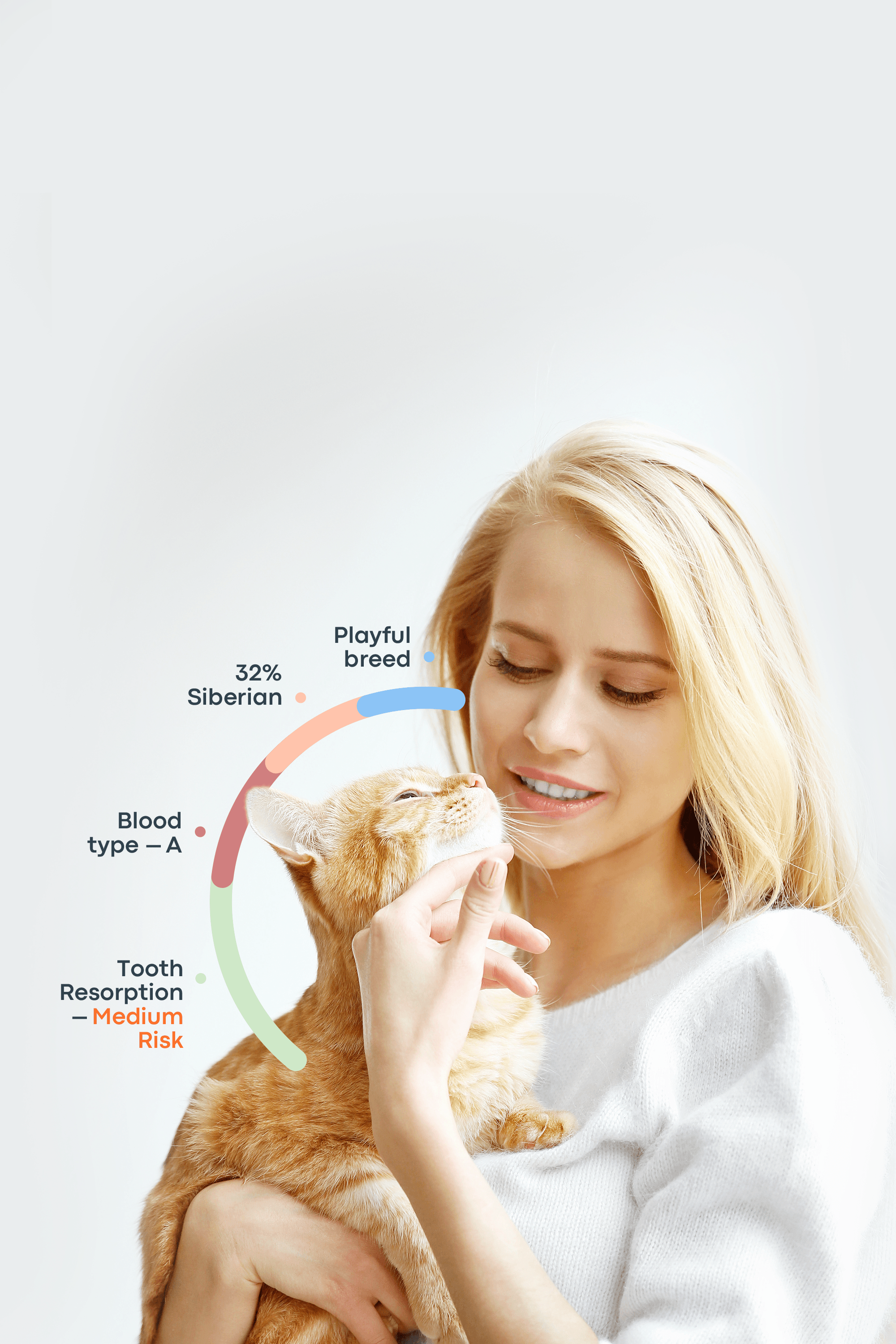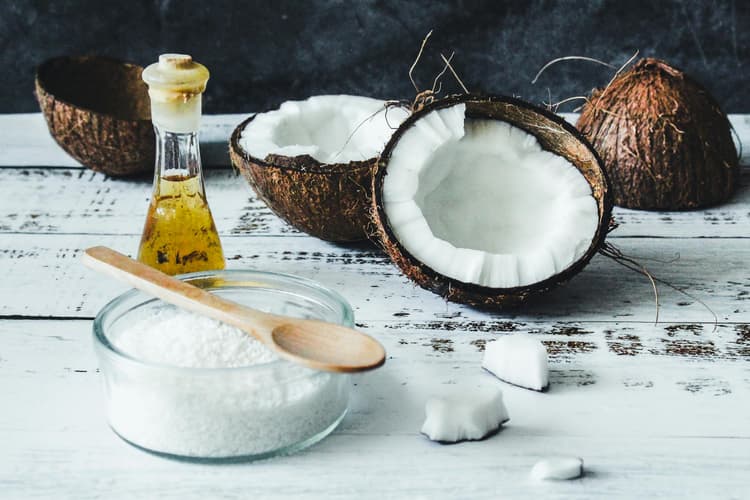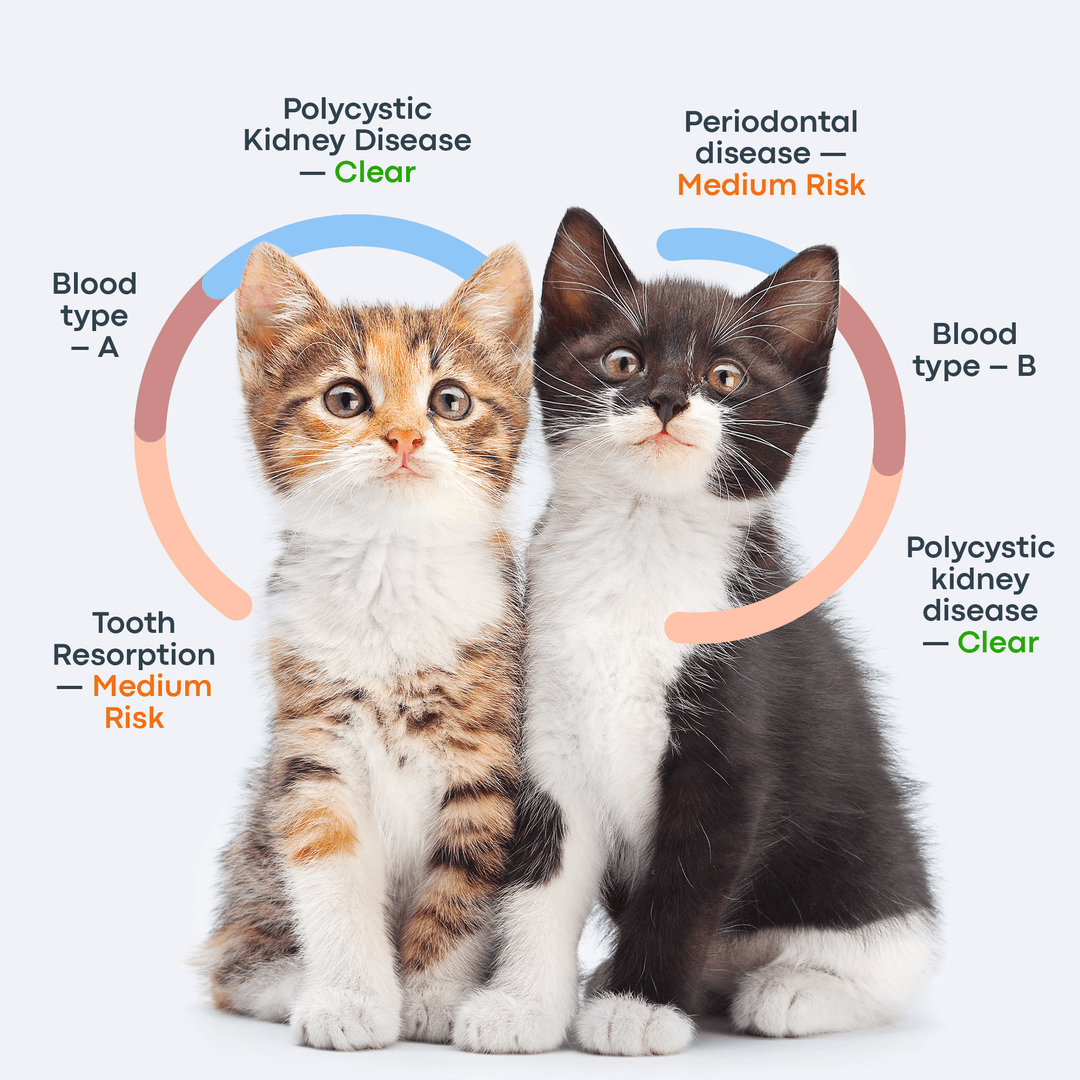Joint pain, a shared pain for dogs and humans. When our dogs are in pain, we would do anything to help them, and supplements can be an effective way to do that. You might have heard about glucosamine for humans, but glucosamine for dogs? Yep, that exists. But supplements have a bit of a bad rap; we don’t blame you if you’re skeptical. So, is glucosamine good for dogs?
What Is Glucosamine for Dogs?
Glucosamine is a compound that’s found inside cartilage, the tough but flexible tissue that lines joints. Cartilage acts as a cushion between joints. Without it, humans and animals can get conditions like osteoarthritis. Glucosamine is used by the body to build cartilage. A lot of dog breeds can be predisposed to having arthritis issues, and let's be honest, joints getting stiff can come with aging. Glucosamine can help with these issues, possibly repairing previous damage or reducing future wear and tear.
Why Is Glucosamine So Great for Dogs?
Like we said, glucosamine is a compound that builds cartilage. Having more of it around means there’s more to use when there’s damage. Joint issues get more prevalent as dogs get older because they naturally make less as they age. That’s why the stereotype of a dog with joint issues often involves a large old dog. Also, because the dog’s body naturally makes glucosamine, when it’s given more (even in synthetic form) it already knows what to do with it.
Does My Dog Need Glucosamine?
You’re going to hear this a lot looking at supplements: it depends. Vets will recommend glucosamine for dogs if they’re getting older or one of those breeds that can get joint issues easily, but of course not every single dog needs extra help. You’re probably looking into this if you’re already wondering about your dog’s health or suspect they’re having problems. If you are worried about your dog, these are some signs that your dog is experiencing joint pain or stiffness:
Symptom | Description |
Limping or stiffness | Especially after rest or exercise |
Irritability | Behavior changes like snapping or withdrawal |
Slipping or falling | Loss of coordination or balance |
Loss of appetite | Not due to picky eating |
Depression or lethargy | General loss of interest in daily activities |
Licking or chewing joints | Targeting painful areas |
Increased sleep | Lower energy levels or reluctance to move |
What Does Glucosamine Do for Dogs?
Think of glucosamine as building bricks; without the bricks needed, there’s no building. We all need padding around the joints and without it we get stiff, creaky, and achy. Having more cartilage is more likely to take away joint pain and delay joint damage. It’s also possible it can reverse damage already there – just don’t expect miracles.
Glucosamine and Chondroitin for Dogs
While glucosamine alone is pretty good, you’ll usually find that it’s sold with something called chondroitin.
What Is Glucosamine/Chondroitin?
Chondroitin is the part of cartilage that helps it keep its structure. It also helps to protect cells called chondrocytes because of its anti-inflammatory properties and ability to stimulate the synthesis of new cartilage components. Without it, our cartilage would be dense and rigid, causing us more issues. When you see it packaged with glucosamine, it’s because having more of both in the system is beneficial when there’s damage.
How Effective Is It for Dogs?
As with most supplements, studies are ongoing. There are several studies, like this one from 2007, which show that glucosamine is effective. It is most effective in dogs with mild to moderate cases of osteoarthritis. Most vets, whether they’re passionate about glucosamine or not, will still say to supplement your dog's diet as it’s very unlikely to be harmful to your dog.
How Is It Administered?
Some of the most abundant forms are chews or tablets. If your dog doesn’t like those (or is a master at spitting out medication), there is the option to have it as a powder or liquid that can be added to their food. If your dog is picky, we have a section later with glucosamine-rich foods they may enjoy.
How Much Glucosamine Should I Give My Dog?
When determining how much glucosamine to give your dog, the two big factors are weight and age. According to VetGen Pharmaceuticals, the rough measure is twenty milligrams of glucosamine per pound weight – with variation due to age.
General Glucosamine Dosage Guidelines
Dog Size | Weight Range | Glucosamine Dosage (mg/day) |
Small Dog | Under 25 lbs | 250–500 mg |
Medium Dog | 25–50 lbs | 500 mg |
Large Dog | 50–90 lbs | ~1000 mg |
Giant Dog | Over 90 lbs | ~1500 mg |
Note: Always consult your vet before dosing, especially for puppies.
Side Effects and Risks of Glucosamine in Dogs
Most dogs will get mild side effects that go away after a little while, if they get any at all. However, there are some more severe side effects that should be monitored.
Common Side Effects
As with any supplement, there can be side effects. The most common side effects are stomach upset and fatigue, but dogs might also experience skin issues and problems with sleep. If you’re worried or your dog is experiencing more severe side effects, talk to your regular vet, who can help you adjust the dosage and make your dog more comfortable.
Rare Risks
Very rarely, dogs can experience dangerous symptoms, like breathing difficulties and allergies. Signs of an allergic reaction:
Vomiting or diarrhea
Fatigue
Breathing issues
Increased peeing or drinking
Trouble sleeping
In an emergency, do not continue to give your dog the supplement, and get to the vet as quickly as possible. Be sure to bring the supplement and its packaging with you in case the vet would like to see it.
Are There Any Drug Interactions?
What is a drug interaction? When one drug affects another, either by weakening or strengthening the effect. Glucosamine has two main interactions: acetaminophen and warfarin. Acetaminophen is commonly sold under the brand name Tylenol. Dogs should never get Tylenol at home, but vets use it. Always tell vets what supplements your dog is taking. Warfarin is used on dogs who have abnormal blood clotting. Glucosamine might increase the effects of this medication, if your dog gets a cut, they may bleed more, which can become dangerous.
Best Glucosamine Products for Dogs
When picking the best glucosamine for dogs, there are a few things to look out for:
Products that are vetted by the NASC (National Animal Supplement Council). According to PetMD, products with this label have to meet rigorous quality standards that have been set by the NASC.
Check the dosage. The label might say one pill is a dose… but is that a Chihuahua dose or a Great Dane dose? Find the specific number.
Check for high-quality ingredients like eggshell membranes, chondroitin sulfate, and omega-3 fatty acids.
If a supplement can tick all three boxes, then there’s a good chance it’s what you’re looking for.
Additional Care Tips for Using Glucosamine
Here are some extra things to think about when using glucosamine.
What If I Miss a Dose?
It depends on how badly the dose was missed. The VCA Animal Hospitals suggest that you give your dog the dose when you remember unless it’s close to the time for your dog to take the next dosage. Do not double up on doses if you miss one!
How Do I Store Glucosamine/Chondroitin?
Make sure to keep it in a cool and dry place. It needs to be out of the reach of any curious kids or dogs who shouldn’t get their paws on it! Prevent moisture from getting in, either by securing the lid tightly or transferring it to an airtight container. Generally, it should be kept at normal room temperature, but depending on the manufacturer or the form, you might need to keep it in the fridge – always check the packaging. Lastly, throw it away after the expiration date. It might look fine, but dogs can be very sensitive to mold particles, so it’s not worth the risk.
Monitoring Your Dog’s Progress
Glucosamine chondroitin for dogs can take two to six weeks to get into your dog's system and actually become useful. In that time, you’ll see gradual improvements. Depending on what symptoms your dog started with, you might see less of a limp, a willingness to play more, reduced signs of pain or discomfort when they’re up and about, as well as an easier time getting up from lying down. It can be hard to notice these changes without a record, so it can be an idea to keep some form of diary. This can be a traditional paper diary or a video diary. Video diaries can be especially helpful for vets so they can see exactly what you are seeing.
When to Seek Veterinary Help
If you see no improvement after a couple of months, then this could mean your dose isn’t strong enough for your dog. Don’t try to adjust the dose on your own! While it’s tempting just to add a little more to try and help, there is such a thing as too much. We want to help joint pain, not put stress on the liver or kidneys. Vets know best, so always check with them.
Glucosamine-Rich Foods for Dogs
Food Source | Benefits | Notes |
Bone broth | High in natural glucosamine, hydrating | Use gelatinous broth, not salty |
Chicken feet | Rich in cartilage | Raw or dehydrated |
Beef trachea | High cartilage content, good for chewing | Get from butcher or specialty store |
Shellfish shells | Contains glucosamine | Avoid if your dog has shellfish allergies |
There is good and bad news if your pup hates pills and powders. The good news is that there are plenty of natural sources of glucosamine. The bad news is for us humans, these sources can be a little gross looking. The easiest one to make at home is bone broth! You want the consistency to be thick and gelatinous. It’s easy to make, just boil bones in water on the burner for about a day. You can also make it in a slow cooker. Another food that is rich in glucosamine is chicken feet. Your best bet is to find a butcher for this food item. You may also be able to find chicken feet at specialty stores like halal shops or Asian supermarkets. Beef trachea is also rich in glucosamine and can also be found at a butcher shop. The trachea is the pipe that allows humans and animals to get air in and out of the lungs – butchers normally throw this part away. What’s it made of? You guessed it, cartilage! Chewing on trachea is also great for your dog's dental health and can be a low-fat form of protein. If your butcher doesn’t have beef trachea, goat or lamb works too. The last place to get a good source of glucosamine would be in shellfish shells. These are great and can be relatively cheap, however, some dogs have shellfish allergies, so keep an eye out for that.
Conclusion
While not every dog needs glucosamine, those who have joint issues and need help to live a healthy life can really benefit. If you’re worried about your dog’s joints, or you’ve got an aging dog, it’s worth considering adding it to their diet. As with any form of supplement or medication, you should always speak with your regular vet to provide the best care for our canine friends.
Frequently Asked Questions
What type of glucosamine is best for dogs?
Glucosamine hydrochloride is the most effective form of glucosamine for dogs. Glucosamine mixed with chondroitin is also good.
Does glucosamine help dogs live longer?
As of right now, glucosamine helps joints which can make dogs happier. Scientists are still determining whether glucosamine can affect lifespan.
Can a dog or a human get too much glucosamine and chondroitin?
Yes, taking too much can hurt our liver and kidneys (dog or human!). If you think you or your dog have taken too much, get checked ASAP.







